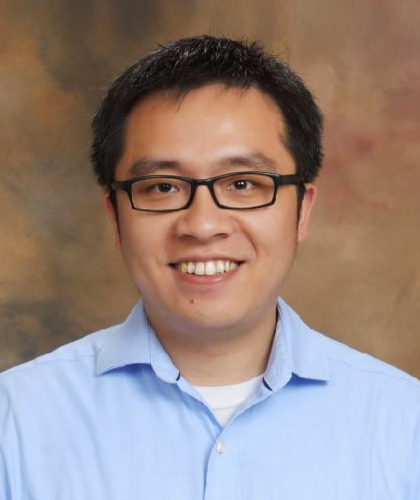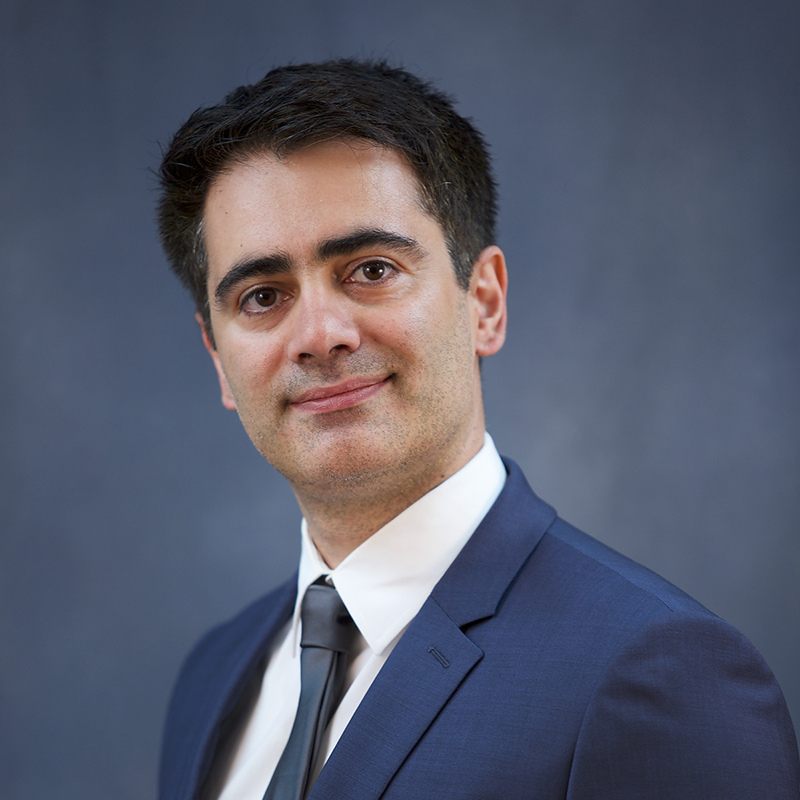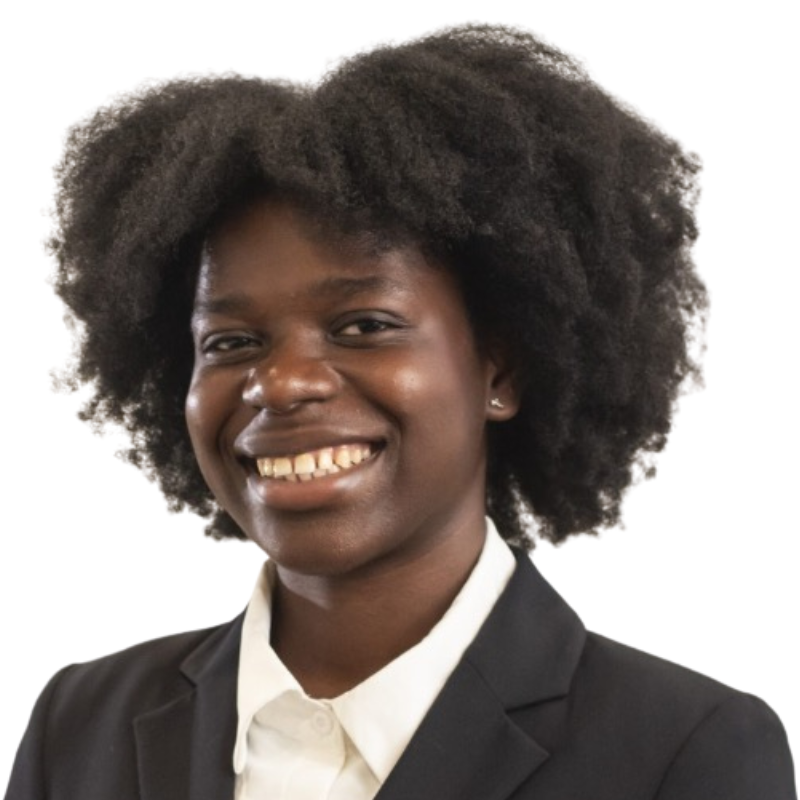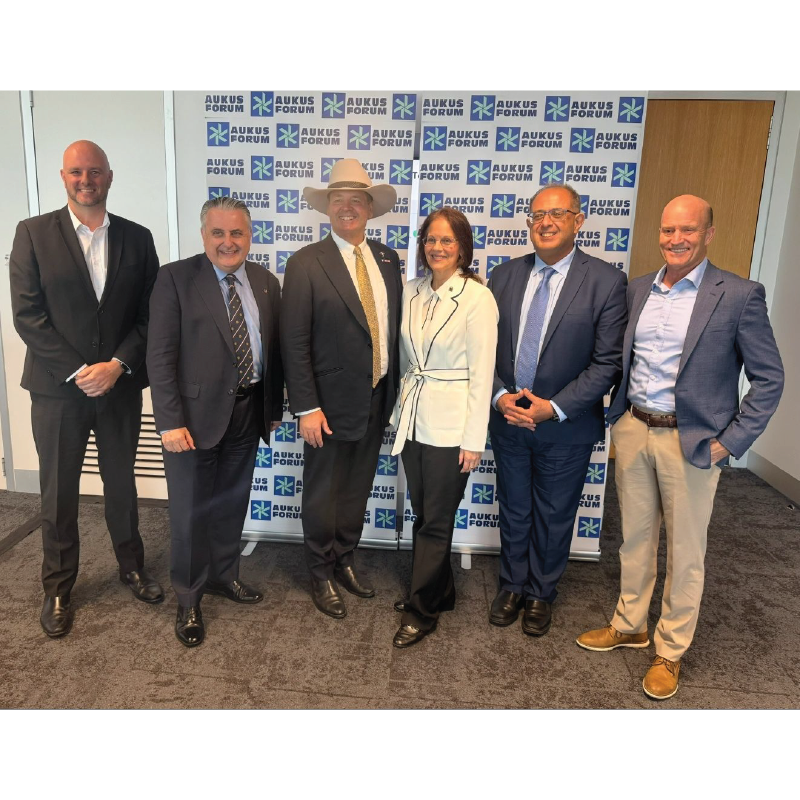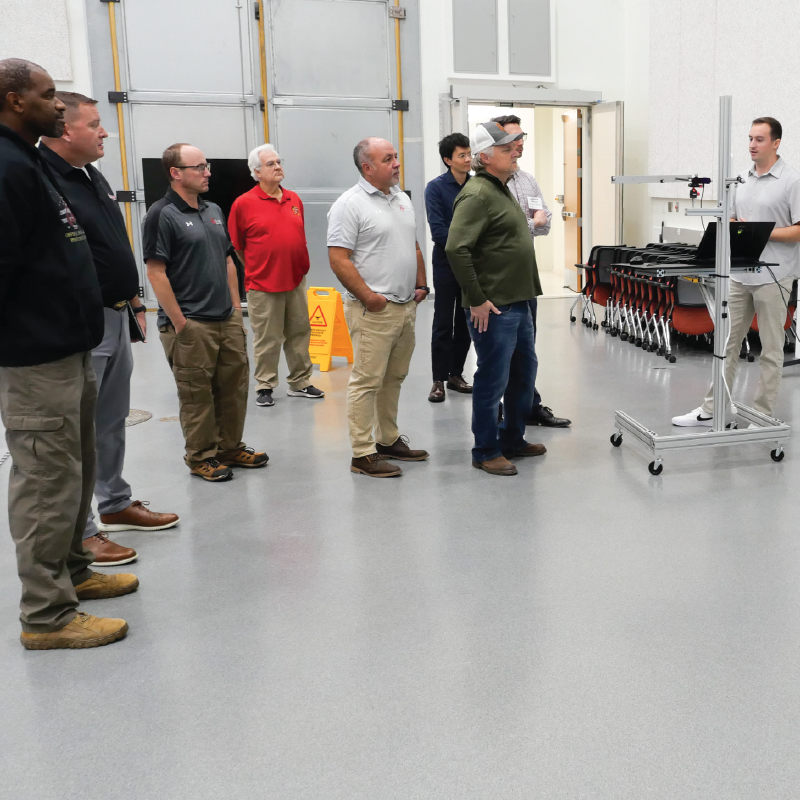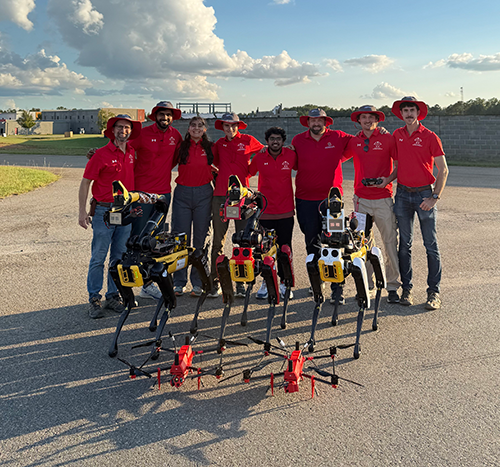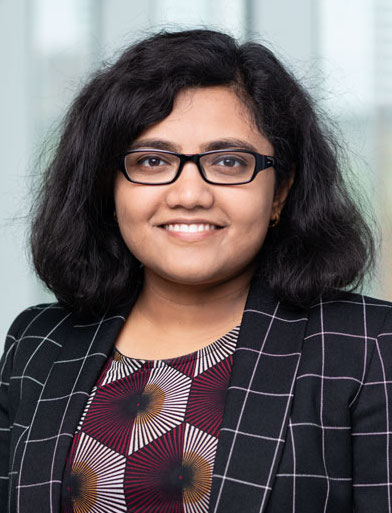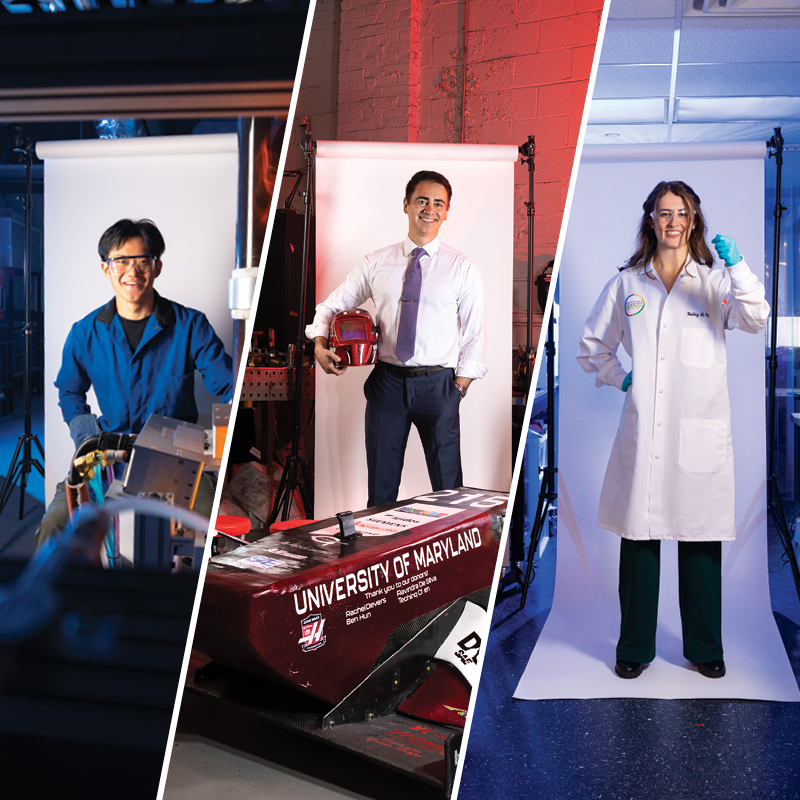News Story
AI-Powered Robotic Air Hockey Table:
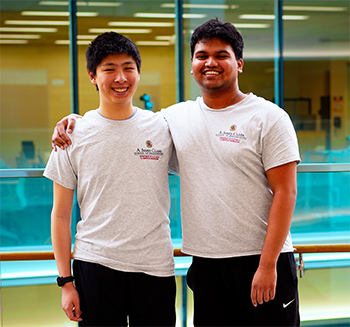
Jaysen Tsao (left) and Mahrus Chowdhury (right)
Mahrus Chowdhury and Jaysen Tsao, juniors at Northwest High School, served as Volunteer Research Interns at UMD’s Cyber-Physical Systems Engineering (CPSE) program at The Universities at Shady Grove (USG). Their journey began in the Fall of 2024 and concluded in May 2025. Having grown up playing video games, Mahrus and Jaysen fulfilled a childhood dream by collaborating on a project to develop an AI-powered, computer-vision aided, robotic air hockey table capable of both offensive and defensive play against humans. Although the task was initially daunting, Mahrus and Jaysen successfully achieved their goal with the help of professors like Dr. Romel Gomez, CPSE Program Director, Dr. Nestor Tiglao, CPSE Lecturer; as well as Faculty Assistants like Matt Schuyler, Amna Hayat, and Anuj Zore.
Visit the UMD CPSE YouTube channel to follow Mahrus and Jaysen’s journey as volunteer research interns at CPSE!
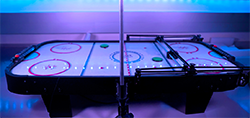 In the first iteration of the project, Mahrus and Jaysen connected the air hockey table to a Play Station 5 (PS5) controller. This allowed users to move around with the joysticks and attack with the trigger on the PS5 controller. In the subsequent stage of the project, they decided to make the air hockey table completely autonomous. To do this, Mahrus and Jayson utilized computer vision by mounting a camera above the table to detect the puck’s position.
In the first iteration of the project, Mahrus and Jaysen connected the air hockey table to a Play Station 5 (PS5) controller. This allowed users to move around with the joysticks and attack with the trigger on the PS5 controller. In the subsequent stage of the project, they decided to make the air hockey table completely autonomous. To do this, Mahrus and Jayson utilized computer vision by mounting a camera above the table to detect the puck’s position.
Cameras are one of the many sensors integral to embedded systems. Jaysen and Mahrus programmed the algorithm to detect the color green, represented by the puck, to determine where it should go. Embedded systems encompass a range of concepts, including custom stepper motor driver implementation and timer interruptions. Additionally, they involve the development of calibration user interfaces and the application of “perspective transform,” or homography, which enables the camera to capture images from various viewpoints. This flexibility ensures that the camera can be mounted in virtually any position.
algorithm to detect the color green, represented by the puck, to determine where it should go. Embedded systems encompass a range of concepts, including custom stepper motor driver implementation and timer interruptions. Additionally, they involve the development of calibration user interfaces and the application of “perspective transform,” or homography, which enables the camera to capture images from various viewpoints. This flexibility ensures that the camera can be mounted in virtually any position.
The entire robot is controlled by an Arduino microcontroller with a CNC shield that drives two stepper motors. Jaysen and Mahrus mounted the motors in an “H” configuration, a motion system known as CoreXY. They learned how to calculate the exact number of pulses required for the stepper motor to move the puck efficiently. Initially, they developed an algorithm focused solely on defense, but it slowly evolved into a more offensive version that actively attacks the puck as well.
The project spanned approximately four to five months, but it was well worth the time commitment. CPSE created an environment where Mahrus and Jaysen could attempt to solve problems independently, challenging them to think critically and creatively. This experience provided both young researchers with valuable life lessons that extend beyond academia. These skills are especially important in STEM fields, where the ability to solve problems with the available resources is essential.
 While researching with CPSE, Mahrus and Jaysen also had the opportunity to attend the Undergraduate & Graduate Spring 2025 Open House hosted by The Universities at Shady Grove. This event served as an excellent platform for them to showcase their project and demonstrate its functionality to prospective students and the larger Montgomery County community.
While researching with CPSE, Mahrus and Jaysen also had the opportunity to attend the Undergraduate & Graduate Spring 2025 Open House hosted by The Universities at Shady Grove. This event served as an excellent platform for them to showcase their project and demonstrate its functionality to prospective students and the larger Montgomery County community.
Jaysen, passionate about computers and programming from a young age, will likely pursue computer science in college. Mahrus, who grew up building all sorts of contraptions with legos, is more passionate about the firmware side of engineering and expects to study computer engineering at university. Their complementary skills allowed them to approach problems in a balanced and efficient manner.
Dr. Gomez, CPSE Director, emphasized the importance of preparing for potential failures while devising solutions.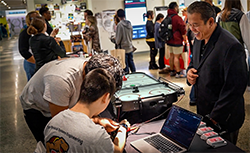 This mindset keeps his students vigilant and ready to address any challenges that arise. Dr. Gomez’s advice was particularly relevant to Mahrus and Jaysen, who encountered a myriad of issues (from broken rubber belts to malfunctioning stepper motors).
This mindset keeps his students vigilant and ready to address any challenges that arise. Dr. Gomez’s advice was particularly relevant to Mahrus and Jaysen, who encountered a myriad of issues (from broken rubber belts to malfunctioning stepper motors).
Fortunately, Jaysen’s programming wizardry and Mahrus’ firmware expertise equipped them with the foundation needed to handle both software and hardware problems effectively. These experiences will surely benefit their continued growth and success in future academic and professional pursuits. Learning to approach problems with curiosity, resilience, and adaptability is a valuable skill that will serve them throughout their lives.

Link to the Mahrus and Jaysen’s Spotlight video below: https://youtu.be/vndg3sXlN4g
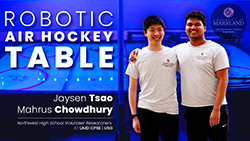
Students, academic partners, or industry organizations interested in getting involved or learning more about the Cyber-Physical Systems Engineering (CPSE) program offered at The Universities at Shady Grove (USG) Rockville campus:
Please email them at es-sg@umd.edu or visit their website: https://shadygrove.ece.umd.edu/
You can also follow the Cyber-Physical Systems Engineering (CPSE) program at USG on Instagram, Linkedin, Twitter/X, YouTube, Flickr, or Facebook.
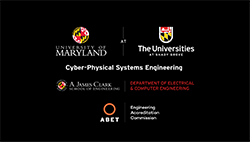
Published August 1, 2025
